Ticks are tiny but troublesome creatures that can pose serious health risks to your beloved furry friend. As a dog owner, protecting your canine companion from these pesky parasites is essential for their well-being. In this comprehensive guide, we’ll delve into everything you need to know about ticks and how to safeguard your dog against them.
Contents Overview
Understanding Ticks
Ticks are small arachnids that thrive in grassy, wooded areas and are prevalent in many regions worldwide. These blood-sucking parasites attach themselves to animals, including dogs, to feed on their blood. Apart from being a nuisance, ticks can transmit various diseases, such as Lyme disease, Rocky Mountain spotted fever, and Ehrlichiosis, posing significant health risks to your dog.
Signs of Tick Infestation
Detecting ticks on your dog is crucial for prompt intervention to prevent potential health risks. Here’s a detailed breakdown of the signs of tick infestation:
- Visible Ticks:
- Ticks vary in size depending on their stage of development, ranging from the size of a pinhead to the size of a small pea when fully engorged with blood.
- Inspect your dog’s skin, paying close attention to areas with less fur, such as the ears, groin, armpits, and between toes.
- Ticks may appear as small, dark, or reddish-brown bumps on your dog’s skin, particularly after outdoor activities in tick-infested areas.
- Excessive Scratching or Licking:
- Dogs may exhibit increased scratching or licking behavior, particularly in areas where ticks have attached themselves.
- Persistent scratching or licking at certain spots on your dog’s body, even without visible ticks, could indicate the presence of ticks or tick bites.
- Redness, Swelling, or Irritation:
- Tick bites can cause localized reactions on your dog’s skin, including redness, swelling, or irritation at the site of the bite.
- Inflammatory responses to tick saliva may lead to discomfort and itchiness, prompting your dog to scratch or chew at the affected area.
- Fever, Lethargy, and Loss of Appetite:
- Tick-borne diseases can cause systemic symptoms in dogs, including fever, lethargy, and a decreased appetite.
- If your dog exhibits these signs, especially after potential exposure to ticks, it’s essential to consult your veterinarian for proper evaluation and diagnosis.
- Visible Tick Eggs or Nymphs:
- In severe cases of tick infestation, you may also notice clusters of tick eggs or nymphs (young ticks) on your dog’s skin or in their bedding.
- These tiny, oval-shaped eggs or smaller tick nymphs may indicate an established infestation requiring immediate intervention.
- Behavioral Changes:
- Pay attention to any changes in your dog’s behavior, such as increased restlessness, discomfort, or reluctance to move.
- Dogs may exhibit signs of discomfort or distress when infested with ticks, indicating the need for thorough examination and treatment.
- Secondary Infections:
- In some cases, tick bites can lead to secondary bacterial infections if not promptly addressed.
- Look out for signs of pus, drainage, or foul odor at the site of tick bites, which may indicate the presence of a secondary infection requiring veterinary attention.
Preventive Measures
Preventive measures play a crucial role in protecting your dog from tick infestations and the potential health risks associated with tick-borne diseases. Here’s an in-depth explanation of various preventive strategies:
- Regular Tick Checks:
- Conduct thorough tick checks on your dog after outdoor activities, especially in areas known to harbor ticks, such as wooded trails, tall grass, and bushes.
- Use your fingers to feel for any small bumps or lumps on your dog’s skin, paying particular attention to hidden areas like the ears, groin, armpits, and between toes.
- Tick Control Products:
- Consult your veterinarian to determine the most suitable tick control products for your dog, such as spot-on treatments, tick collars, or oral medications.
- These products contain active ingredients that repel and kill ticks, providing long-lasting protection against infestations.
- Maintain a Tidy Yard:
- Keep your lawn well-maintained by regularly mowing grass, removing leaf litter, and trimming bushes to reduce tick habitats in your backyard.
- Create a barrier between wooded areas and your living space by installing gravel or wood chip borders to deter ticks from migrating into your yard.
- Avoid Tick Hotspots:
- Be mindful of areas where ticks are commonly found, especially during peak seasons like spring and summer.
- If possible, avoid walking your dog in heavily wooded or grassy areas where tick exposure is high, opting for safer routes instead.
- Tick-Repellent Sprays:
- Use tick-repellent sprays or shampoos formulated specifically for dogs to provide additional protection before venturing into tick-prone environments.
- Follow the product instructions carefully, ensuring thorough coverage of your dog’s coat, especially around the ears, neck, and legs.
- Tick-Proof Your Home:
- Regularly vacuum carpets, rugs, and furniture to remove any ticks that may have been brought indoors on your dog.
- Wash your dog’s bedding, toys, and grooming tools frequently to prevent tick infestations in your home environment.
- Educate Yourself:
- Stay informed about tick-borne diseases prevalent in your area and their associated symptoms to recognize potential health threats to your dog.
- Be proactive in learning about new preventive measures and treatments available to effectively safeguard your dog’s health against ticks.
- Professional Pest Control:
- Consider enlisting the services of professional pest control experts to assess and treat outdoor areas for ticks, particularly if you live in regions with high tick populations.
- Professional treatments can help reduce tick populations in your yard, minimizing the risk of tick exposure to your dog and family members.
Removing Ticks Safely
Removing ticks safely is crucial to prevent potential transmission of diseases and minimize discomfort for your dog. Here’s a detailed explanation of the steps involved in safely removing ticks:
- Gather Necessary Supplies:
- Before attempting to remove the tick, gather fine-tipped tweezers, gloves (optional), rubbing alcohol or antiseptic solution, and a sealed container or ziplock bag for disposal.
- Prepare Your Dog:
- If your dog is anxious or restless, consider having another person gently restrain them or provide treats to keep them calm during the process.
- Choose a well-lit area with good visibility to facilitate the tick removal process.
- Grasp the Tick:
- Use fine-tipped tweezers to grasp the tick as close to your dog’s skin as possible, ensuring a firm grip without squeezing or crushing the tick’s body.
- Avoid using bare fingers to prevent potential contact with tick fluids that may contain disease-causing pathogens.
- Remove the Tick:
- Apply steady and gentle pressure to pull the tick straight out from your dog’s skin in a slow, steady motion.
- Avoid twisting or jerking movements, as this may cause the tick’s mouthparts to break off and remain embedded in the skin, increasing the risk of infection.
- Inspect the Tick:
- Examine the tick closely to ensure that you have removed it intact, including its mouthparts.
- If the tick’s mouthparts break off and remain embedded in the skin, consult your veterinarian for further guidance on safe removal techniques.
- Disinfect the Bite Area:
- After removing the tick, clean the bite site and surrounding area with rubbing alcohol or an antiseptic solution to reduce the risk of infection.
- Use a cotton ball or pad soaked in alcohol to gently disinfect the area, taking care not to cause further irritation to your dog’s skin.
- Dispose of the Tick Properly:
- Place the live tick in a sealed container or ziplock bag filled with rubbing alcohol to kill it.
- Avoid crushing the tick with your fingers, as this may release potentially infectious fluids.
- Seal the container tightly and dispose of it in the trash, or consult local health authorities for proper disposal guidelines.
- Monitor for Symptoms:
- Keep an eye on your dog for any signs of illness or adverse reactions following tick removal, such as fever, lethargy, or localized swelling.
- If you notice any concerning symptoms, contact your veterinarian for prompt evaluation and treatment.
Bottom Line
Protecting your dog from ticks is essential for their health and well-being. By understanding the risks associated with ticks, implementing preventive measures, and knowing how to safely remove them, you can keep your canine companion safe and happy. Stay vigilant, stay informed, and enjoy outdoor adventures with your furry friend tick-free!




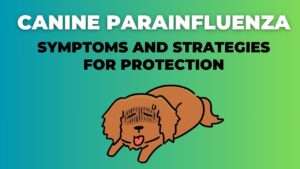

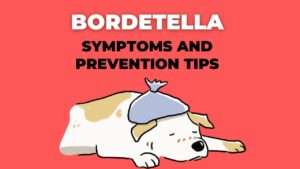


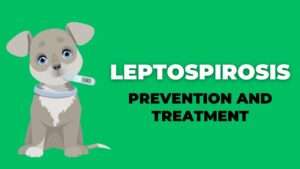



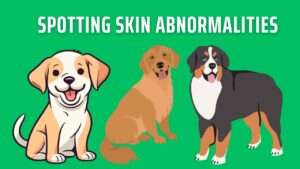




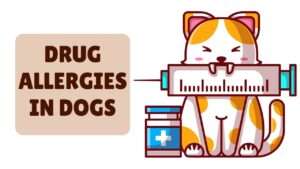


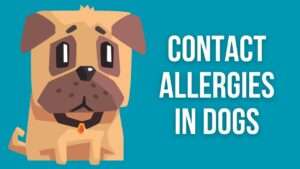



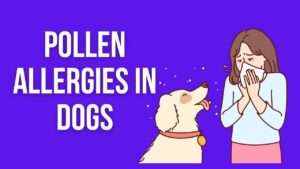
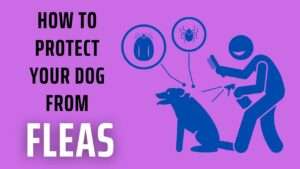








+ There are no comments
Add yours